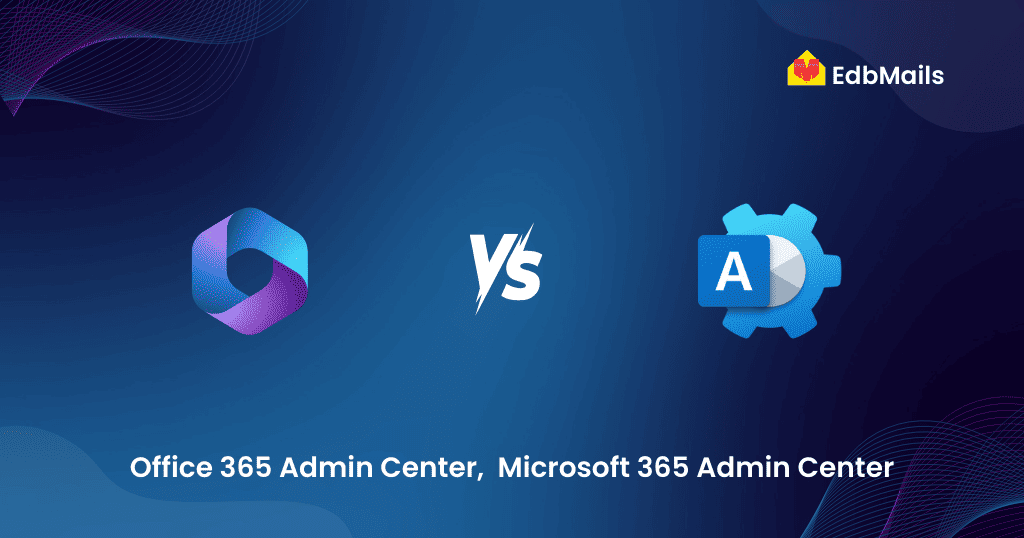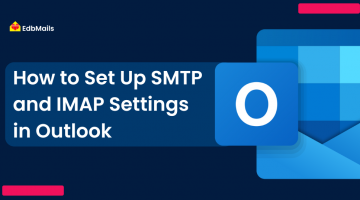Introduction
Microsoft has announced a major change for administrators—the Office 365 Admin Center is being replaced by the Microsoft 365 Admin Center. This shift reflects Microsoft’s vision of providing a unified and secure IT solution that integrates Office 365, Windows 10, and Enterprise Mobility + Security (EMS). With this update, organizations can manage applications, services, devices, data, and users from a single, centralized platform.

What is Microsoft 365 admin center?
The Microsoft 365 Admin Center is designed to be the central hub for managing both Microsoft 365 and Office 365 environments. It consolidates IT management into one interface, enabling administrators to monitor and configure services more effectively.
This new platform includes all the elements of Office 365, while expanding its scope to cover security, compliance, and device management. The goal is to make collaboration safer and administration simpler across an entire organization.
Transition from Office 365 admin center
For existing Office 365 administrators, the transition will feel smooth. The navigation and interface remain familiar, ensuring minimal disruption. However, the Microsoft 365 Admin Center provides broader functionality by connecting Office 365 services with other Microsoft offerings, all without compromising control or capabilities.
Key features of the new admin center
The Microsoft 365 Admin Center introduces several enhancements over its predecessor:
- Unified Management Portal – A single location to oversee Office 365 and Microsoft 365 services.
- Shared Navigation Pane – Quick access to admin tools for services such as OneDrive and SharePoint.
- Streamlined Experience – Simplifies the process of managing multiple services within one portal.
This integration not only reduces complexity but also improves productivity for IT administrators.
Tackling “Portal Sprawl”
Previously, Microsoft’s cloud services often required separate portals for different functions, a problem known as portal sprawl. Depending on subscriptions, administrators had to switch between multiple platforms such as:
- Exchange Online
- SharePoint Online
- OneDrive for Business
- Skype for Business Online
- Microsoft Teams
- Security & Compliance Center
- Azure services (Azure AD, Intune, Security Center, and more)
- Power BI, PowerApps, Microsoft Stream, and others
The Microsoft 365 Admin Center is designed to minimize this fragmentation by bringing more administrative tasks under a single umbrella, reducing the need to constantly switch between portals.
Benefits for Organizations
The move to Microsoft 365 Admin Center delivers clear advantages:
- Centralized administration for apps, services, and devices.
- Improved collaboration with easier cross-service integration.
- Stronger security and compliance management in one place.
- Greater efficiency by cutting down on time spent navigating multiple portals.
- Flexibility to manage bundled services like Office 365, Windows 10, and EMS from one interface.
Conclusion
The shift from the Office 365 Admin Center to the Microsoft 365 Admin Center represents Microsoft’s commitment to simplifying administration and boosting productivity. By consolidating services into one streamlined portal, organizations gain better control, stronger security, and a more seamless experience.
For businesses undergoing Office 365 tenant-to-tenant migration or planning a move to Microsoft 365, it is equally important to have the right migration strategy. Tools like EdbMails Office 365 migration tool simplify the process with secure, scalable, and high-performance migration, ensuring data integrity and minimal downtime. This allows IT teams to align their migration goals with the enhanced administrative experience of Microsoft 365.



